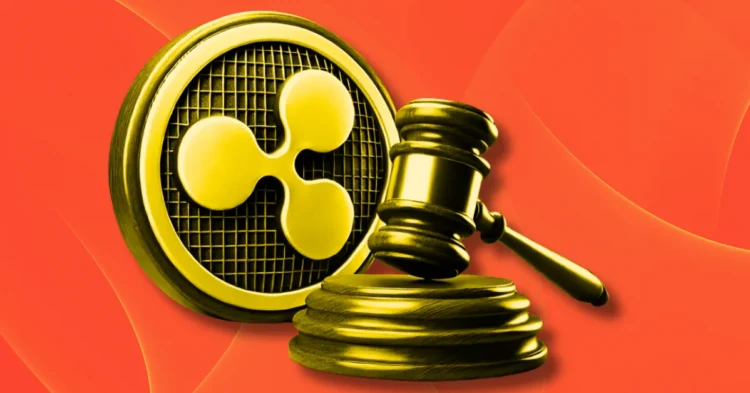In recent times, Ripple’s cryptocurrency, XRP, has been thrust into the spotlight. Despite its potential for growth, it faces significant hurdles due to an ongoing legal confrontation with the U.S. Securities and Exchange Commission (SEC). Ripple’s CEO, Brad Garlinghouse, has openly discussed the implications of this battle and shared insights into the broader crypto regulatory environment.
Donald Trump’s Stance on Cryptocurrency
During his campaign, former President Donald Trump has emerged as a vocal supporter of cryptocurrency. He has positioned himself as a “crypto advocate,” going so far as to declare that, if re-elected, one of his priorities would be to replace Gary Gensler, the current SEC chairman known for his stringent stance on cryptocurrencies. This political backing hints at potential shifts in the regulatory landscape, should Trump return to office.
Global Crypto Regulations vs. U.S. Approach
In a revealing interview with the BBC, Brad Garlinghouse highlighted a stark contrast in how countries are handling crypto regulations. Nations such as the UK, Switzerland, and Singapore have taken proactive steps by establishing clear regulatory frameworks. These frameworks have fostered an environment conducive to the growth of the crypto industry, attracting both entrepreneurs and capital investments.
Conversely, the United States, particularly under the current Biden administration, has adopted a more cautious and often adversarial approach towards cryptocurrencies. This has resulted in significant hurdles for the industry, stifling innovation and creating uncertainty for stakeholders.
What a Win Would Mean for Crypto?
The protracted legal battle between Ripple and the SEC has centered on whether XRP should be categorized as a security. Last summer, a significant development occurred when a judge ruled that XRP is not a security. However, the SEC has decided to appeal this decision, though they are not contesting the ruling regarding XRP itself.
Garlinghouse emphasizes the critical need for clearer, more precise regulations within the United States. While Bitcoin and XRP have attained a degree of regulatory clarity, other cryptocurrencies like Ethereum and Solana remain in a regulatory “gray area.” This ambiguity poses a barrier to progress, inhibiting the industry’s advancement. Garlinghouse advocates for transparent, well-defined regulations akin to those in the UK or Japan, enabling the crypto industry to operate within a framework free from uncertainty.
SEC’s Role in Crypto Regulation
Under Gary Gensler’s leadership, the SEC has faced criticism for its approach to cryptocurrency regulation. Garlinghouse argues that the SEC’s strategy of relying on enforcement actions rather than establishing formal, clear rules is problematic. He contends that cryptocurrencies differ fundamentally from traditional securities as they do not confer ownership or governance rights. Therefore, they should not be classified as securities.
The ongoing developments in this legal battle and regulatory discourse are pivotal. They hold the potential to reshape the future of cryptocurrencies, influencing how they are perceived and governed across the globe. As the industry awaits further clarity, the outcome of these discussions could set a precedent for future regulatory measures and industry growth.











